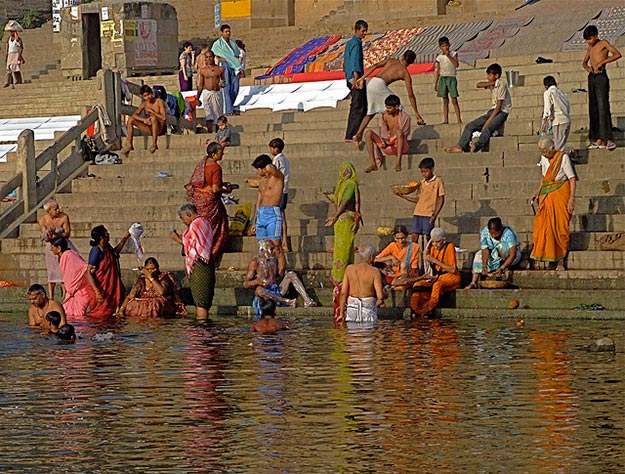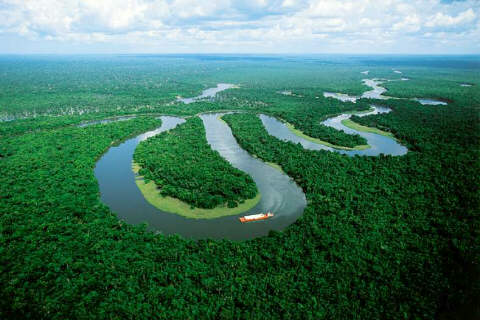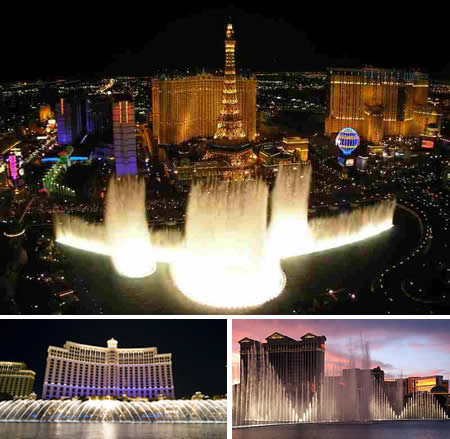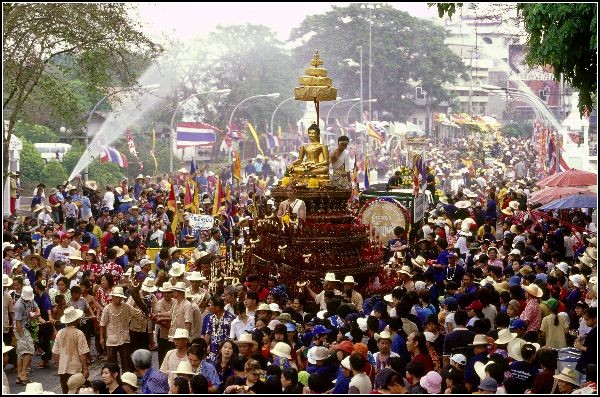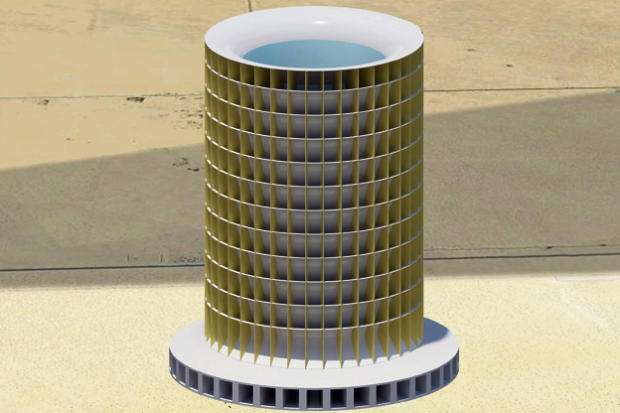I use the concept of cosmopolis in Leonie Sandercock’s sense, referring to a city that’s developed in ways sensitive to cultural diversity and its wider societal benefits (e.g., enhanced vitality and creativity). In a recent post I noted that the sessions devoted to “Wilderness City” water planning at the Rocky Mountain Land Use Institute’s 2012 Conference seemed to take as self-evident the meaning of terms like “public”, “values”, “housing” and, especially, “culture.” Proposed solutions to urban “hydro-sustainability” problems were informed by a Western worldview that sees water as a scarce economic good or commodity. Many of the discussions were framed in terms of white, middle-class consumer values and behavior, and the settlement preferences of Generation X and Generation Y. (Some of the RMLUI conference talks and slide shows are posted here). In short, it wasn’t clear that conference presenters were thinking about the city as a cosmopolitan enterprise.
Resources can be valued on something other than economic, utilitarian grounds, and urban demography can be described in terms other than Gen X and Gen Y. It’s an anthropological taken-for-granted that cultures value and assign meaning to water differently. For many cultures water is a spiritual as well as an economic good. For some it’s a basic human right. Minimally, water is integral to many if not most domains of society. The different meanings and structural relationships of water need to be recognized by urban planners and basic service providers. Daily household demands for water are also cross-culturally variable. Thus, it’s problematic to assume that any particular pattern of water consumption is “typical” for an urban population generally. Water management issues are as much cultural—or intercultural—as technical. While particular Non-Western notions of water as sacred can easily dovetail with a Western ethos of environmental sustainability, particular regulating strategies like water metering, recycling, budgeting, etc. can conflict with particular cultural values identifying water as sacred and a basic human right. Certainly, management strategies like differential pricing based on intensity of use can easily discriminate against some cultural groups and contradict broader civic commitments to tolerance and inclusion.
Interest in the cultural values that shape water use has been growing since at least 2000. In that year UNESCO organized a session on “Water and Indigenous People” at the 2nd World Water Forum at The Hague. The organizing theme for the 3rd World Water Forum in Kyoto in 2003 was “Water and Cultural Diversity.” Even with these significant interventions the Cultural Diversity and Water Sustainability “Session Situation Document” for the 5th World Water Forum in Istanbul in 2009 noted that “interdisciplinary and systemic analysis of the relationships between cultural diversity and water, and their implications for sustainable management of water resources, are still lacking.” Read more







